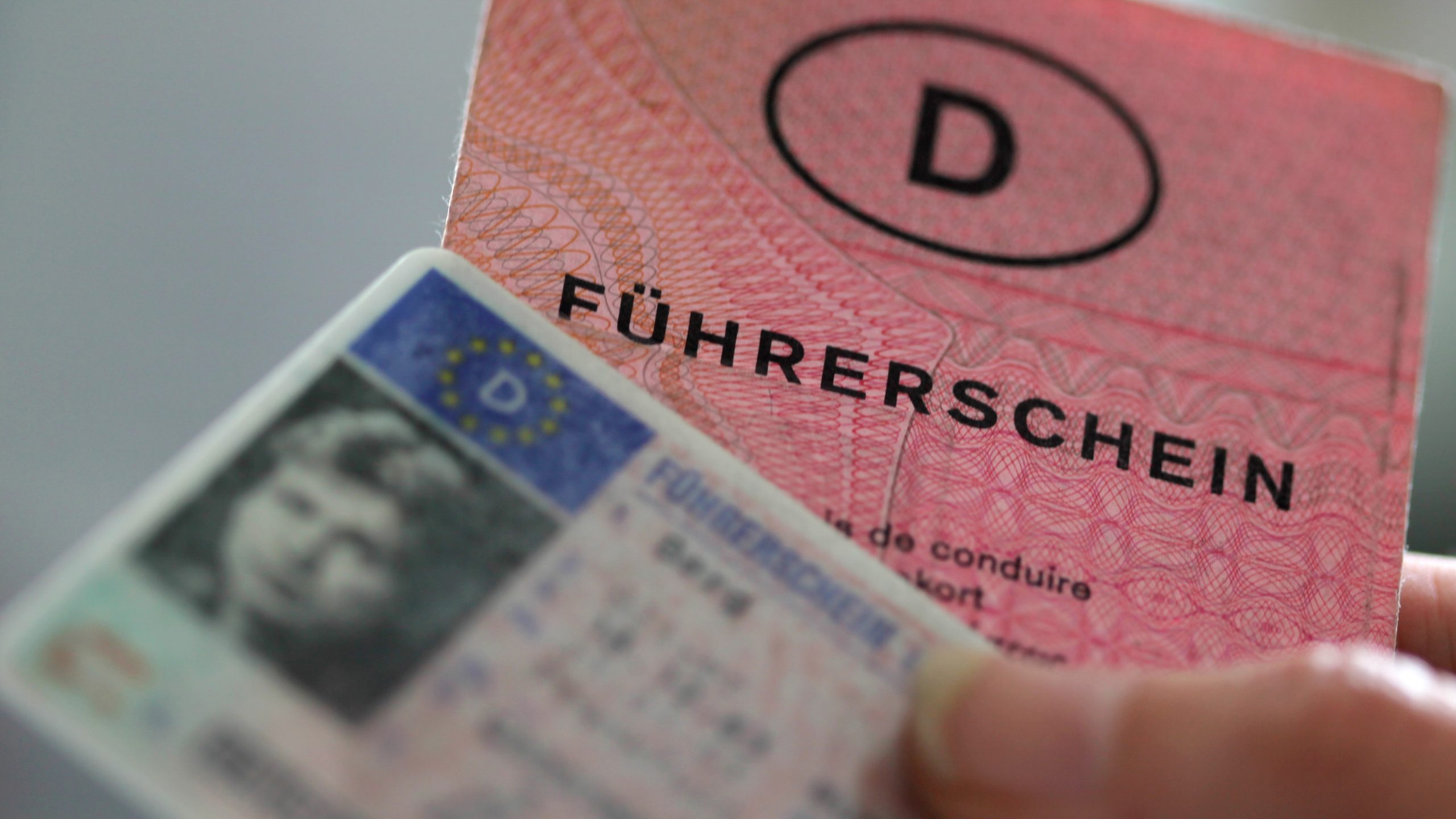Understanding Road Traffic Regulations: A Comprehensive Guide
Roadway traffic regulations are important for making sure the security of vehicle drivers, pedestrians, and other road users. These laws govern the operation of vehicles, the habits of chauffeurs and pedestrians, and facilitate smooth traffic flow. This article looks into the different aspects of road traffic regulations, their value, and some typical guidelines and policies that every roadway user ought to be familiar with.
The Importance of Road Traffic Regulations
Road traffic guidelines serve a number of important functions:
- Safety: They are mostly developed to secure the lives of individuals on the roadway, minimizing mishaps and injuries.
- Organized Traffic Flow: By developing clear guidelines, these policies help in managing the circulation of cars and minimizing blockage.
- Security of Pedestrian Rights: They ensure that pedestrian crossings and rights-of-way are respected, promoting much safer travel on foot.
- Environmental Considerations: Certain guidelines intend to lower environmental impact, encouraging eco-friendly driving practices.
- Legal Framework: They offer legal responsibility for drivers and pedestrians, marking charges for infractions.
Crucial Element of Road Traffic Regulations
Comprehending road traffic regulations is essential for compliance and security. Below are a few of the crucial components:
| Element | Description |
|---|---|
| Traffic Signs | Numerous signs that offer details and directions to chauffeurs. |
| Traffic Signals | Lights that regulate the circulation of traffic at intersections. |
| Speed Limits | Maximum and minimum speed limits set for various roadway types. |
| Right-of-way Rules | Guidelines on which roadway users need to go initially at intersections. |
| Seat Belt Regulations | Laws mandating the wearing of seat belts for motorist and guests. |
| Driving Under the Influence | Strict charges for running an automobile while impaired by alcohol or drugs. |
| Vehicle Registration and Licensing | Requirements for vehicles to be signed up and motorists to possess valid licenses. |
Common Traffic Regulations
Although traffic guidelines can vary from one nation to another, some typical guidelines are usually observed worldwide:
1. Speed Limits
Most jurisdictions impose speed limits based upon roadway type and area, such as:
- Residential locations: 25-35 mph
- Urban locations: 30-50 mph
- Highways and highways: 55-70 mph
2. Drinking and Driving
Driving under the impact of alcohol or drugs is unlawful in many locations. Typical blood alcohol concentration (BAC) limitations are:
- 0.08% for general motorists
- 0.00% for novice or industrial drivers
3. Safety Belt Usage
Seat belts must be used by all occupants in a vehicle. Failure to comply can cause fines.
4. Pedestrian Crossings
Chauffeurs must accept pedestrians at marked crosswalks and comply with signals directing pedestrian motion.
5. Smart Phone Use
Utilizing handheld devices while driving is forbidden in many locations to reduce distractions.
Frequently asked question Section
Q1: What should I do if I witness a traffic infraction?
If you observe a traffic violation, you ought to gather as much info as possible (vehicle description, license plate number, place, and time) and report it to regional law enforcement.
Q2: How can I remain updated on modifications in traffic policies?
Traffic laws can alter occasionally. Updates are typically released by city government sites. It is suggested to follow local news or traffic law enforcement firms' announcements for any changes.
Q3: Are there specific traffic policies for industrial drivers?
Yes, industrial drivers frequently deal with stricter guidelines, such as driving hour limitations, automobile inspections, and special licensing requirements.
Q4: What takes place if I break traffic policies?
Penalties for breaking traffic laws can consist of fines, points on your license, and in serious cases, imprisonment. Repetitive violations might result in the suspension of driving advantages.
Q5: How do traffic policies impact public transport?
Traffic policies are important for public transport systems to operate efficiently. They help in establishing bus lanes, regulating taxi services, and ensuring that public transportation vehicles follow safety requirements.
Roadway traffic guidelines play a pivotal function in preserving the security and order of roads globally. Understanding expressdeutschekartes is not just a legal obligation but a moral one that promotes the wellness of all roadway users. Constantly updating oneself about traffic guidelines and adhering to them can significantly decrease the threats associated with roadway travel. As neighborhoods progress and innovations improve, these guidelines may likewise adjust, demanding continuous learning for motorists, bicyclists, and pedestrians alike.
By keeping informed and staying certified with roadway traffic regulations, people contribute positively to the shared obligation of road security, eventually decreasing accidents and conserving lives.

